Varzaneh Attractions
Asiab-e Shotor (Camel’s Mill)
Mills are structures that, with the help of the forces of natural elements such as water and wind, turn wheat, barley, and legumes into flour. The bread was once the main part of the food chain to ancient people. To make bread, people had to first harvest wheat and then turn it into flour so that they could make bread. This was done by rotating two large millstones on top of each other. For this, wheat was poured from a hole into the space between these two stones, and by friction between them, wheat was turned into flour. One way to provide energy for turning millstones was with the help of animals. Accordingly, camels were the best option since they have a hump suitable for attaching sticks and ropes to, and also they have high endurance in hot and dry weather conditions. Before the process started, they covered the camel’s eyes so that he/she would not feel dizzy by rotating in a circle around the axis of the millstones. The camel caretaker would then lead the camel along, and at the same time, the wheat grains were turned into flour.
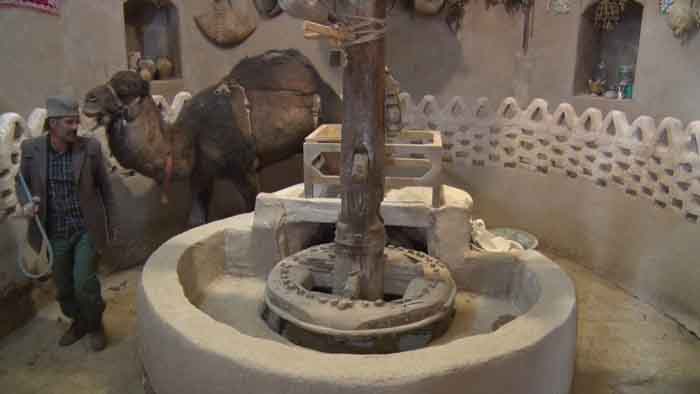
Gortan Arg (Ghortan/Qortan Citadel)
Gortan Arg is one of the citadels that to this day are still inhabited by people. This citadel is located near the village of Varzaneh. Overall, a citadel is a large and enclosed area that contains elements of a city such as a public bath, a bazaar, a tower, and other elements. The time of the construction of Gortan Arg is attributed to the Sassanid era. Initially, it was used as a military fort. The citadel could have housed up to 50 families during a siege. Also, the Zayandehrood River was considered a natural barrier for Gortan Arg, which over time also became the reason behind the destroyed parts of the brick walls and the gate of the citadel. The most preserved part of Gortan Arg is its eastern part. Today, there are still people who live in this citadel. Gortan Arg is the largest residential Citadel in Iran after Bam Citadel in Kerman.

Varzaneh Kabotar Khaneh (Pigeon House)
Pigeon Houses are enclosed brick structures in which a large number of pigeon nests are built, just like beehives. In the past, farmers used pigeon droppings to fertilize and increase crop yields. People also sometimes hunted the birds for eating their meat. The construction of these Pigeon Houses increased during the Safavid era, and their owners had to pay taxes to the government. The structure of a Pigeon House is designed so that their droppings are dumped in the center of the building. These droppings are then collected by a caretaker and sold to local farmers. They also, in a special way, prevented predators from entering these Pigeon Houses. Snakes and owls are the two main predators of pigeons. Accordingly, they designed holes around the roof for pigeons to enter. These holes were just the right size so that owls could not enter them since they were bigger than pigeons and could not fit through the hole. Also, a strip of white plaster was drawn around the Pigeon Houses so that the snakes would slip and be unable to climb into the building and enter the Pigeon Houses. There are several Pigeon Houses near the Village of Varzaneh that are now renovated and can be visited.
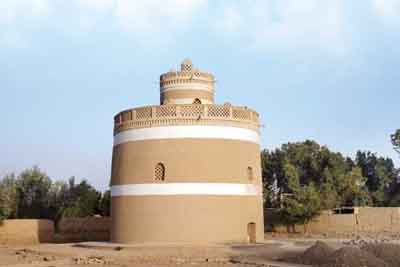
Desert, the Eternal Peace
And finally, we reach the beautiful Village of Varzaneh. City of Earth Angels. The name of this title goes back to the habit of wearing white Chadors (Islamic cloak) carried out by the women of Varzaneh. The unbearable heat of desert areas in summer has made women of Varzaneh choose this type of covering. As we know, wearing light-colored clothes prevents one from the heat. After a few kilometers, we reach the site of Varzaneh oasis. This is where you can get away from the hustle and bustle of the city. Watch the sunrise and sunset, walk the sandy hills of the village, and enjoy the absolute silence and the occasional howl of the wind. The bright stars of the desert sky illuminate the space like the sun, and you can easily follow the speed of the constellations and enjoy the infinities.
Varzaneh Gav Chah (Cattle’s Well)
One of the main tourist attractions of Varzaneh Village is the traditional well of this city known as Gav (Cattle) Chah (Well). Through the years, Gav Chahs have had a prominent part in the irrigation system of the fields and gardens of Varzaneh Village. The significance of this well is to the point that in the first six months of the year with hot summer conditions, when rainfall decreases dramatically in the desert and tropical areas such as the Varzaneh region, irrigating farms without Gav Chah seems almost impossible. All the same, Qanats are also used in hot and dry regions for irrigating farms and lands. Qanats are structurally special underground tunnels that direct water from water sources to dry areas. The reason behind using Qanats in this area, which is considered the downstream of Zayandehrood River, is the lack of nearby water sources such as springs and also the low levels of moisture in the soil in the Varzaneh area. Inevitably, the people of Varzaneh had to provide the water needed for farming through building wells. To build these wells, farmers had to dig a well 4 to 8 meters down the ground and build a sloping surface adjacent to it, which was a passage for special breed of cows known as the powerful Sistani Cattle. A bucket capable of carrying 200 to 400 liters of water was attached to a cattle’s hunch with a rope. The farmer first trained a Sistani Cattle for about six months using the classical conditioning method. They did this by placing grass at the end of the slope. The cattle then strived to reach the end of the slope, and at the same time, the water inside the bucket was poured into a tunnel. While all of this was happening, the farmer would sing a song by reciting some verses. After the cattle was trained, whenever the farmer started to sing, the cattle helped to raise the water from the well to the ground by thinking that there is grass at the end of the slope. Today, you can still see this process up close by visiting Varzaneh Village and its Gav Chahs.
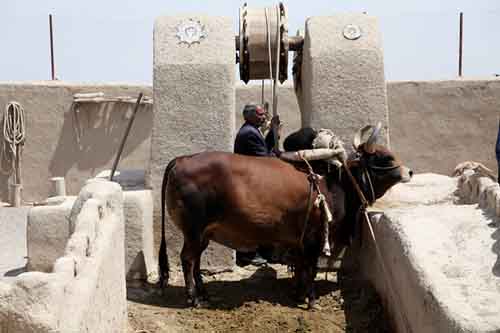

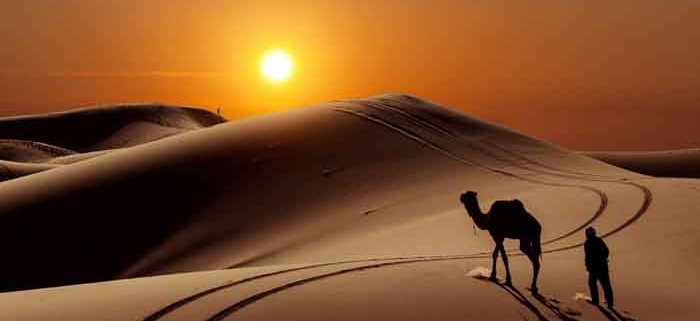
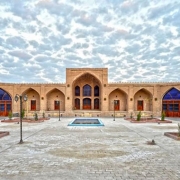
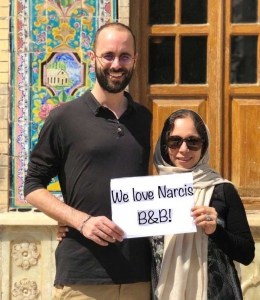




Leave a Reply
Want to join the discussion?Feel free to contribute!